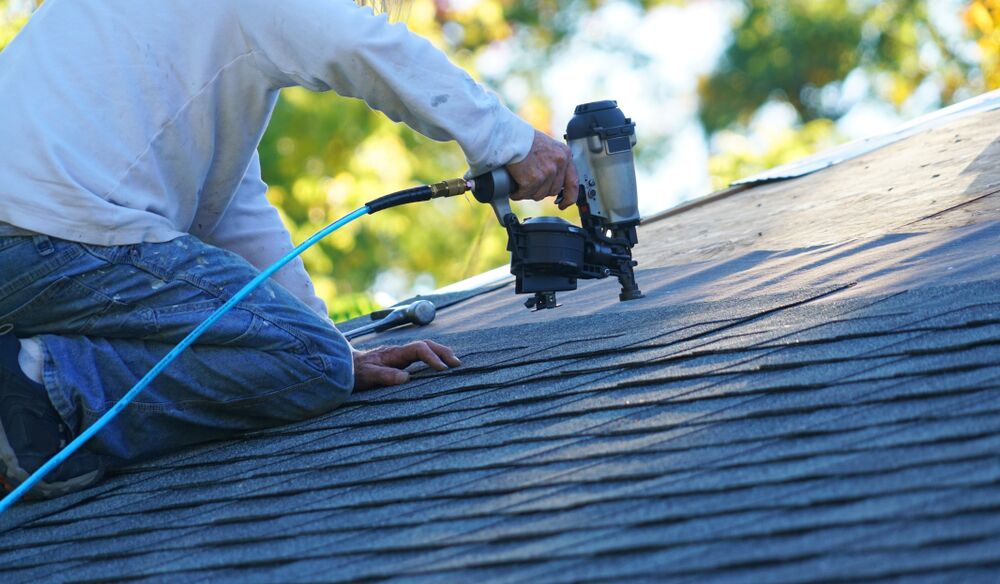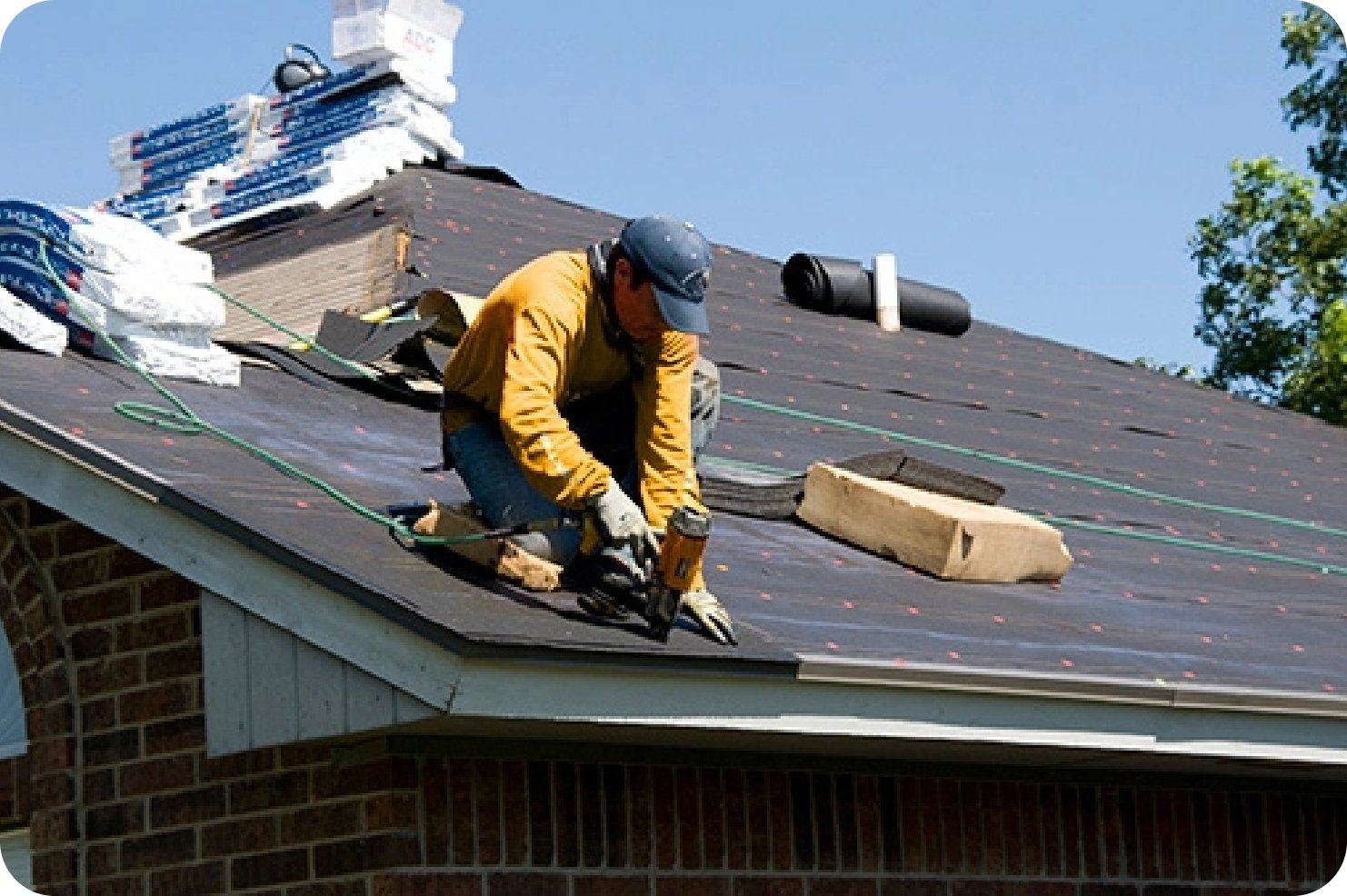Roofing Companies Oahu: Premier Roofers for All Roofing Projects
Roofing Companies Oahu: Premier Roofers for All Roofing Projects
Blog Article
Recognizing the Various Kinds Of Roofs: A Comprehensive Overview for Homeowners
With an array of alternatives-- ranging from the typical gable to the modern level-- each kind offers special benefits and obstacles that must line up with the homeowner's environmental factors to consider and particular needs. As we explore the intricacies of numerous roof covering types, it becomes evident that one size does not fit all; the ideal choice may shock you.
Gable Roofing Systems
Saddleback roofs, characterized by their triangular shape, are amongst the most popular roofing styles due to their simplicity and effectiveness in dropping water and snow. This design features 2 sloping sides that satisfy at a ridge, enabling effective water drainage and lessening the risk of water accumulation. The high pitch generally connected with saddleback roofs enhances their capacity to manage hefty precipitation, making them suitable for numerous environments.
In addition to their sensible benefits, saddleback roofs provide visual convenience. They can be adjusted to various building styles, from traditional to contemporary homes. The layout can also fit additional features such as dormer home windows, which enhance natural light and air flow in the attic room space.
Additionally, gable roofings supply adequate space for insulation, adding to power effectiveness. House owners can pick from a range of roofing materials, including asphalt tiles, metal, and floor tiles, further enhancing customization alternatives.
Despite their benefits, gable roof coverings may call for added assistance in locations prone to high winds or hefty snowfall. Generally, the gable roofing system stays a popular choice due to its blend of capability, toughness, and aesthetic allure.
Flat Roofs
Flat roofing systems are typically identified for their minimalist layout and practical applications, especially in business and industrial setups (oahu roofing). These roofing systems feature a nearly straight or horizontal surface, which enables easy building and versatile space use. While they may do not have the visual charm of angled roofs, flat roofs provide many benefits, especially in metropolitan atmospheres where making best use of room is crucial
One of the key advantages of level roofings is their ease of access. Homeowners can utilize the roof area for various functions, such as roof yards, terraces, or photovoltaic panel installations. Additionally, flat roofs are normally more cost-efficient to preserve and set up contrasted to their sloped counterparts, as they require fewer products and labor.
Nevertheless, level roofings do present specific difficulties. Correct water drainage is crucial to stop water merging, which can result in leakages and structural damages. For this reason, selecting premium waterproofing materials and regular examinations are crucial for making certain long life. Common products used for flat roofings include built-up roof covering (BUR), modified asphalt, and single-ply membranes, each offering distinctive benefits. Overall, level roofs work as a functional and versatile option for many home owners and organizations alike.
Hip Roof Coverings
Hip roof coverings are identified by their sloped sides that merge at the top, developing a ridge. This layout stands out from saddleback roofs, as all four sides of a hip roofing incline downwards toward the wall surfaces, offering a much more stable framework. The angle of the inclines can differ, enabling flexibility in architectural aesthetics and performance.
Among the primary advantages of hip roof coverings is their ability to hold up against hefty winds and adverse weather condition conditions. The sloped surfaces allow much better water drainage, reducing the danger of leaks and water damages. Additionally, hip roofs supply enhanced attic room, which can be utilized for storage space or even converted right into habitable areas.
Nevertheless, creating a hip roof covering can be much more complicated and pricey than simpler roofing kinds, such as gable roofing systems. The additional product and labor entailed in creating the slopes and guaranteeing correct structural stability can result in greater expenses. Despite these downsides, several home owners prefer hip roofing systems for their durability, aesthetic appeal, and possibility for energy performance.
Mansard Roofs
Mansard roof coverings, often acknowledged by their one-of-a-kind four-sided style, attribute two slopes on each side, with the reduced incline being steeper than the upper. This architectural design, originating from France in the 17th century, is not just visually enticing yet useful, as it makes best use of the useful room in click here for info the top floorings of a structure. The high lower incline permits even more headroom, making it an ideal selection for attics or lofts, which can be converted right into living rooms.
Mansard roofs are identified by their versatility, accommodating numerous architectural designs, from traditional to contemporary. They can be created with various materials, including asphalt tiles, slate, or steel, offering house owners with a variety of alternatives to fit their choices and spending plans. Furthermore, the design enables the combination of dormer home windows, improving natural light and ventilation in the upper levels.
Nevertheless, it is important to think about the prospective disadvantages. Mansard roof coverings might call for more maintenance because of the intricacy of their style, and their steep inclines can be testing for snow and rainfall runoff. Generally, mansard roofing systems incorporate sophistication with practicality, making them a popular choice among homeowners seeking unique building functions.
Lost Roofs
As homeowners progressively look for simpleness and capability in their architectural designs, lost roofings have emerged as a preferred option. Characterized by a solitary sloping plane, a shed roofing system offers a minimal aesthetic that enhances numerous home designs, from contemporary to rustic.
Among the main advantages of a shed roof covering is its uncomplicated construction, which frequently equates to decrease labor and product prices. This style allows for reliable water drainage, lowering the threat of leaks and water damage. In addition, the see page vertical incline provides ample space for skylights, boosting natural light within the inside.
Lost roof coverings also provide versatility in regards to use. They can be properly integrated into additions, garages, or outside structures like sheds and pavilions. Moreover, this roof style can fit various roof covering products, consisting of steel, asphalt roof shingles, or perhaps eco-friendly roofings, lining up with environment-friendly initiatives.
However, it is important to consider local climate conditions, as hefty snow loads might require modifications to the roofing's angle or framework. Overall, lost roofings provide a useful and visually pleasing choice for home owners looking to make the most of functionality without jeopardizing design.
Verdict


Gable roofings, characterized by their triangular shape, are amongst the most prominent roofing styles due to their simpleness and effectiveness in shedding water and snow. oahu roofing. The high pitch frequently connected with gable roofings boosts their capability to take care of heavy precipitation, making them ideal for different environments
While they might lack the visual allure of pitched roof coverings, level roofing systems offer many advantages, especially in urban settings where making best use of area is important.

Report this page